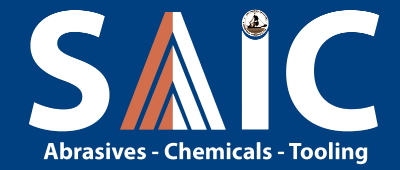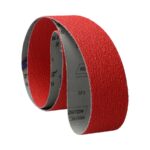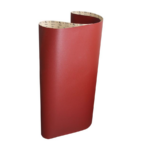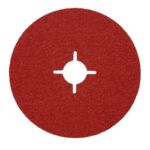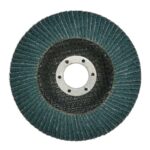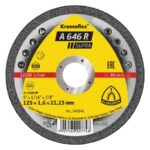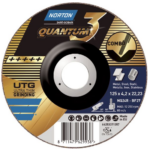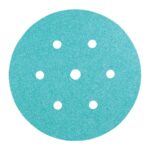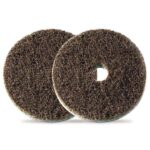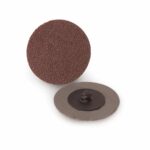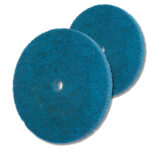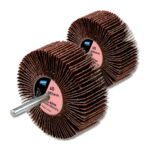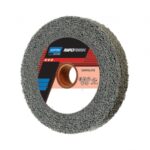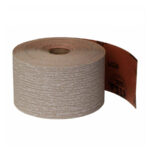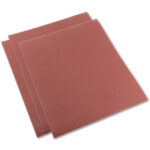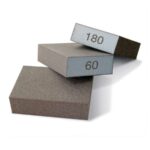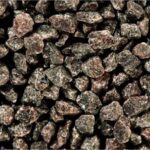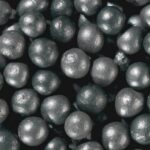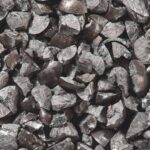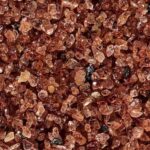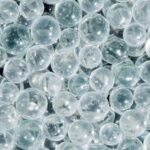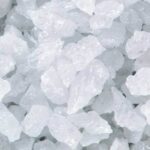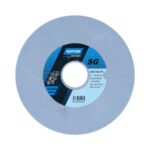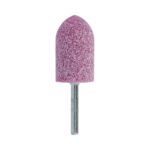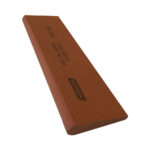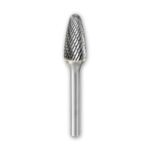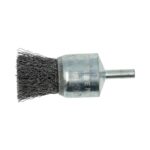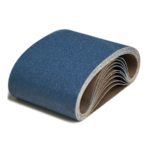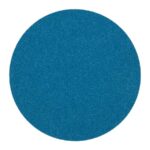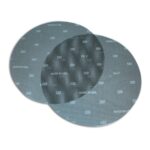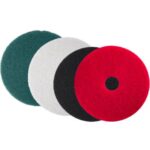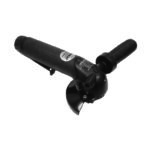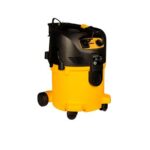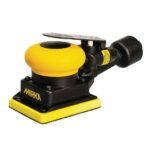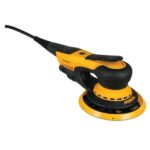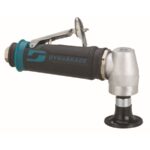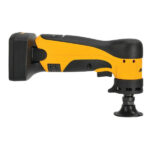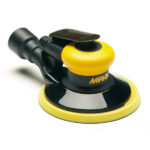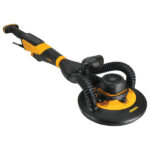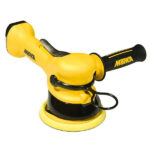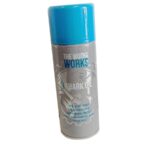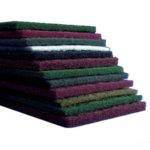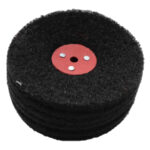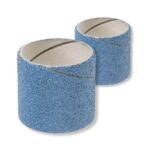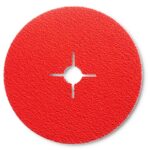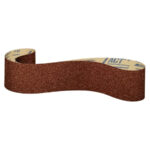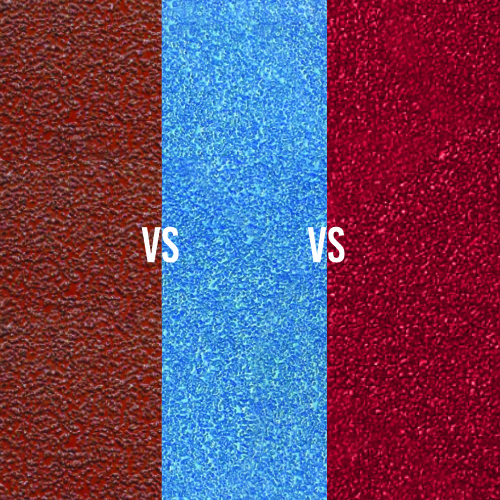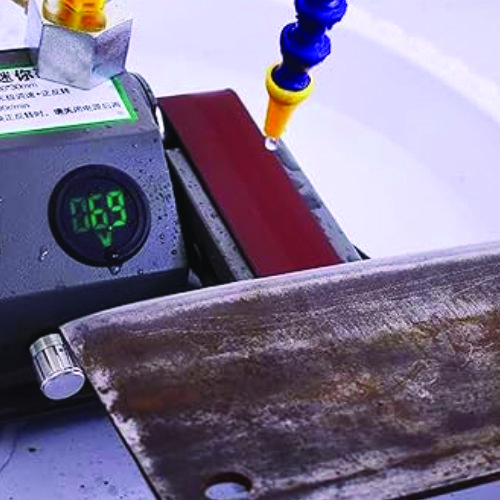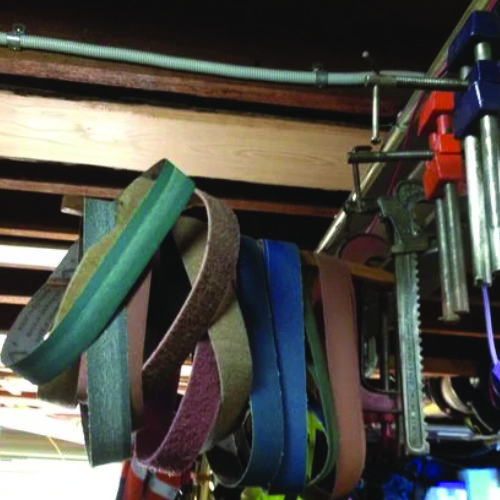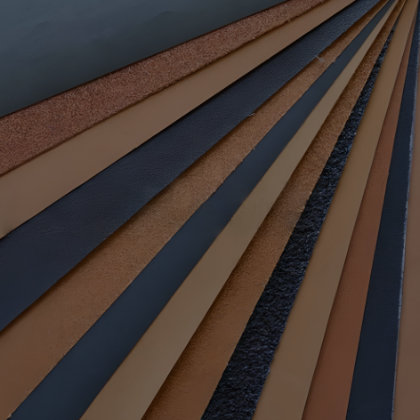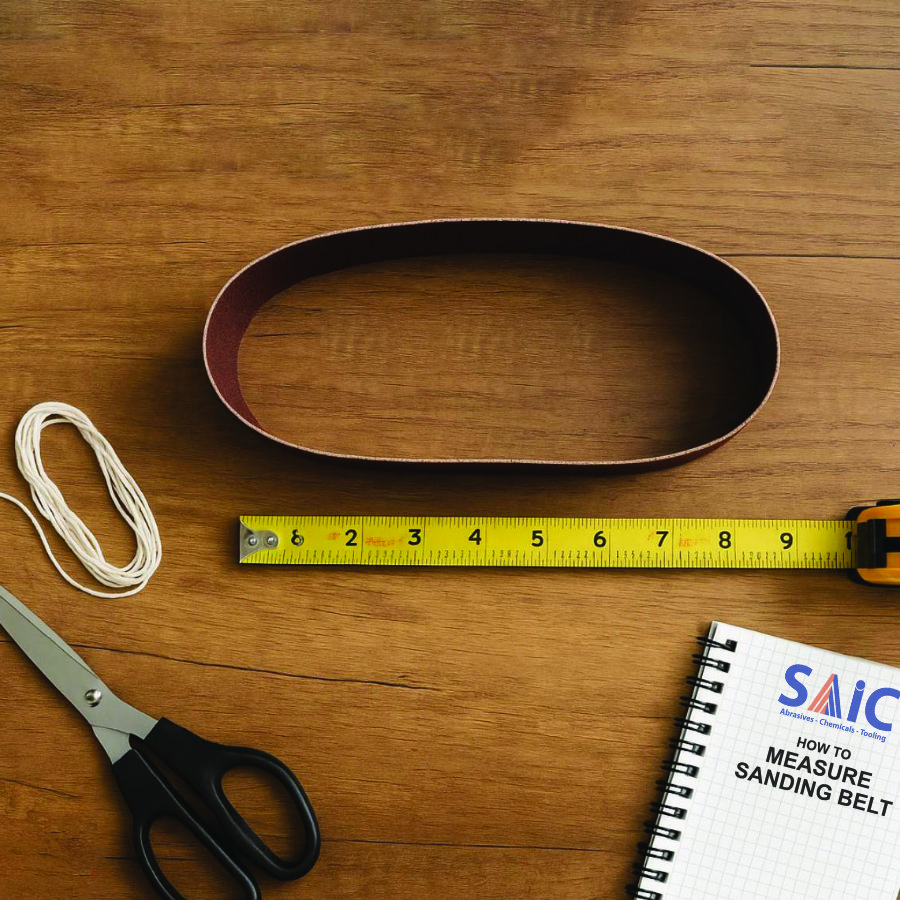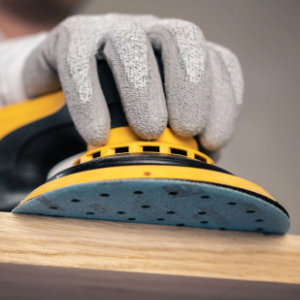Blog
Aluminium Oxide vs Zirconia vs Ceramic
Choosing the right abrasive grain is just as important as choosing the correct grit size or belt dimensions. The abrasive mineral determines how aggressively the belt cuts, how long it lasts, and what materials it’s best suited for. The three main grains used in sanding belts are Aluminium Oxide, Zirconia, and Ceramic — each with unique strengths for different applications.
Aluminium Oxide Sanding Belts
Aluminium Oxide is the most widely used abrasive grain, offering a great balance of performance and cost. It features a blocky, sharp grain that fractures during use, exposing fresh cutting edges. This self-renewing property makes it versatile across many applications.
These belts are ideal for wood, soft metals, and general-purpose sanding where a clean finish is required. They cut relatively cool, making them suitable for extended use without overheating. While not as durable as zirconia or ceramic, Aluminium Oxide remains the best option for cost-effective everyday sanding.
- Best for: Wood, soft metals (aluminium, brass), plastics, and composites
- Strengths: Affordable, versatile, consistent finish
- Limitations: Wears faster on hard metals and heavy grinding applications
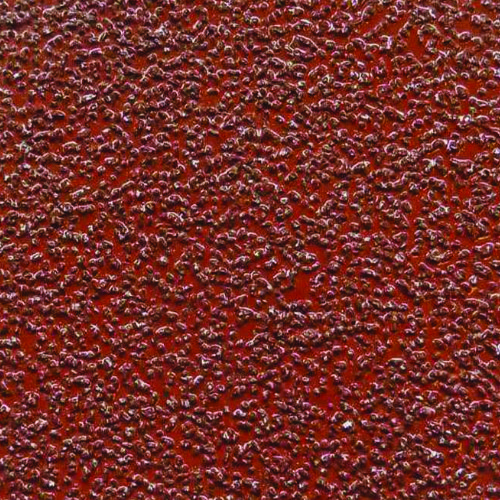
Zirconia Sanding Belts
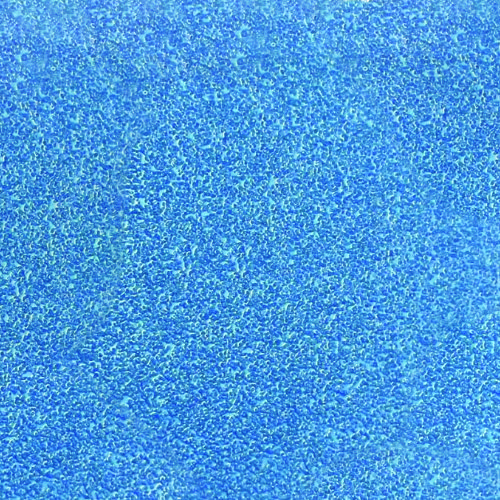
Zirconia (also known as Zirconia Alumina) is a tougher, sharper grain designed for heavy-duty applications. It is much more durable than Aluminium Oxide and works exceptionally well under high pressure, making it a favourite in metalworking and fabrication.
Zirconia belts excel when grinding stainless steel, carbon steel, and other hard alloys. They maintain a sharp cutting edge longer thanks to their micro-crystalline structure, which continuously fractures under stress.
- Best for: Stainless steel, carbon steel, titanium, and harder alloys
- Strengths: Long life under pressure, aggressive cut, reduced belt changes
- Limitations: Less effective on soft materials, slightly higher cost than Aluminium Oxide
Example: Sia 2829 HD Zirconia Sanding Belts
Ceramic Sanding Belts
Ceramic is the most advanced abrasive grain available today. These belts feature a micro-crystalline structure that constantly breaks down into razor-sharp cutting points, delivering extreme cutting power and very long life. They are engineered to cut faster and cooler than both Aluminium Oxide and Zirconia.
Ceramic belts are the top choice for the most demanding applications such as grinding stainless steel welds, heavy stock removal, and working with aerospace alloys. They excel in high-pressure environments and generate less heat, reducing the risk of burning the workpiece.
- Best for: Stainless steel, Inconel, titanium, aerospace alloys, high-pressure stock removal
- Strengths: Fastest cut, longest lifespan, cool grinding action
- Limitations: Higher cost, often unnecessary for softer materials
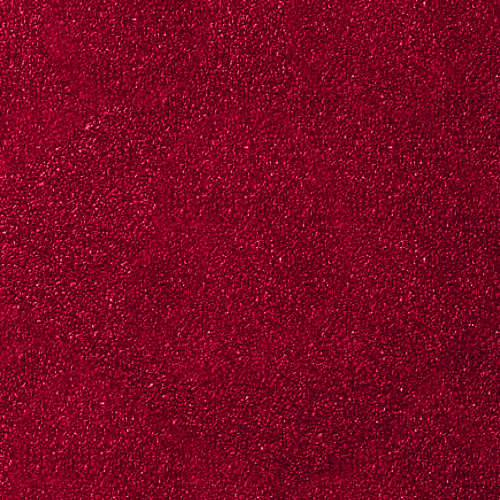
At a Glance: Which Abrasive Should You Choose?
| Abrasive Type | Best For | Key Benefits | Considerations |
|---|---|---|---|
| Aluminium Oxide | Wood, soft metals, plastics | Low cost, versatile, consistent finish | Wears quickly on hard metals |
| Zirconia | Stainless steel, carbon steel | Long life, aggressive cut, cost-efficient under pressure | Overkill for softer materials |
| Ceramic | Stainless, titanium, aerospace alloys | Fastest cut, longest life, cool grinding | Higher cost, unnecessary for light sanding |
Choosing between Aluminium Oxide, Zirconia, and Ceramic comes down to the balance between material type, pressure, and budget. For wood and light metals, Aluminium Oxide is usually sufficient. For tougher steels and fabrication work, Zirconia offers a reliable upgrade. For the most demanding, high-pressure applications, Ceramic delivers unmatched performance and value over time.
